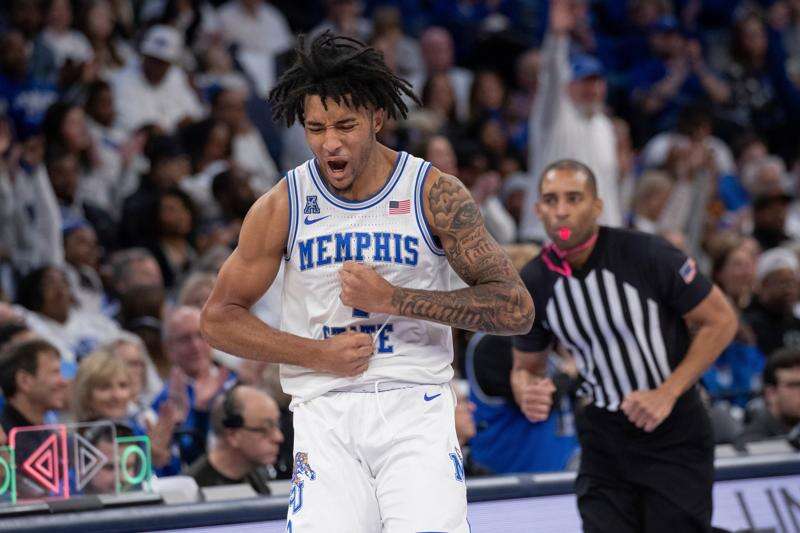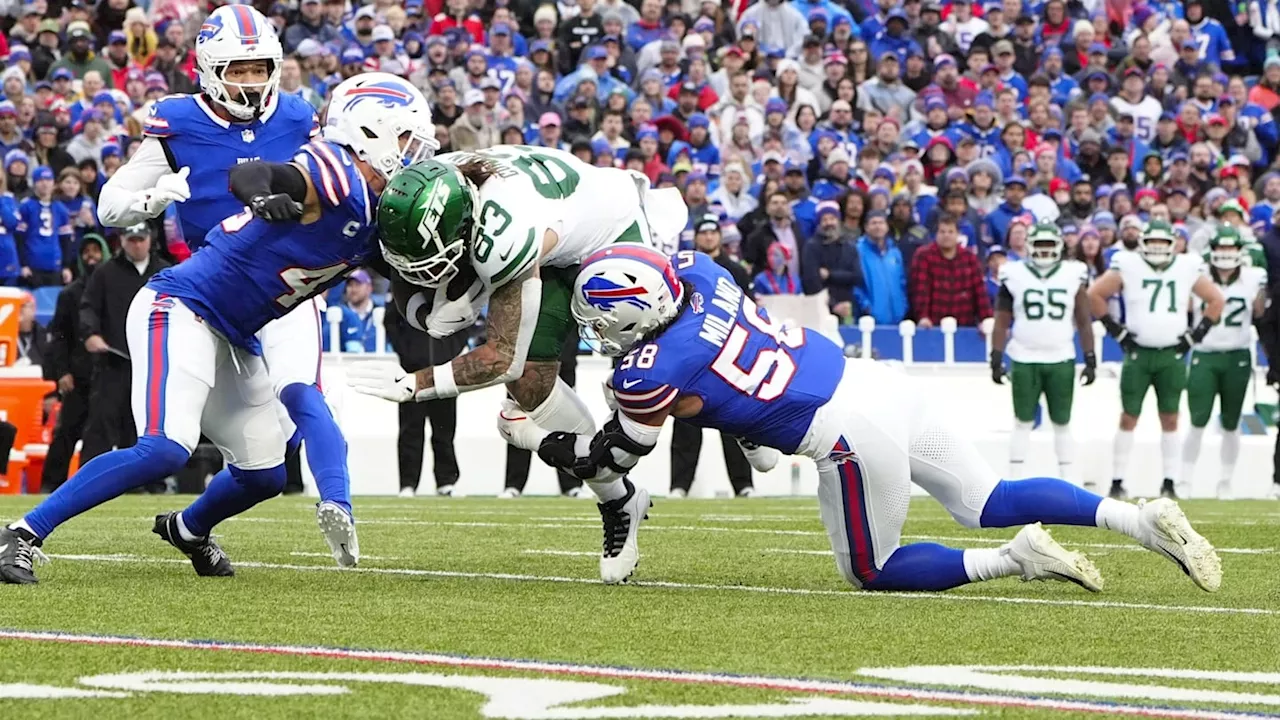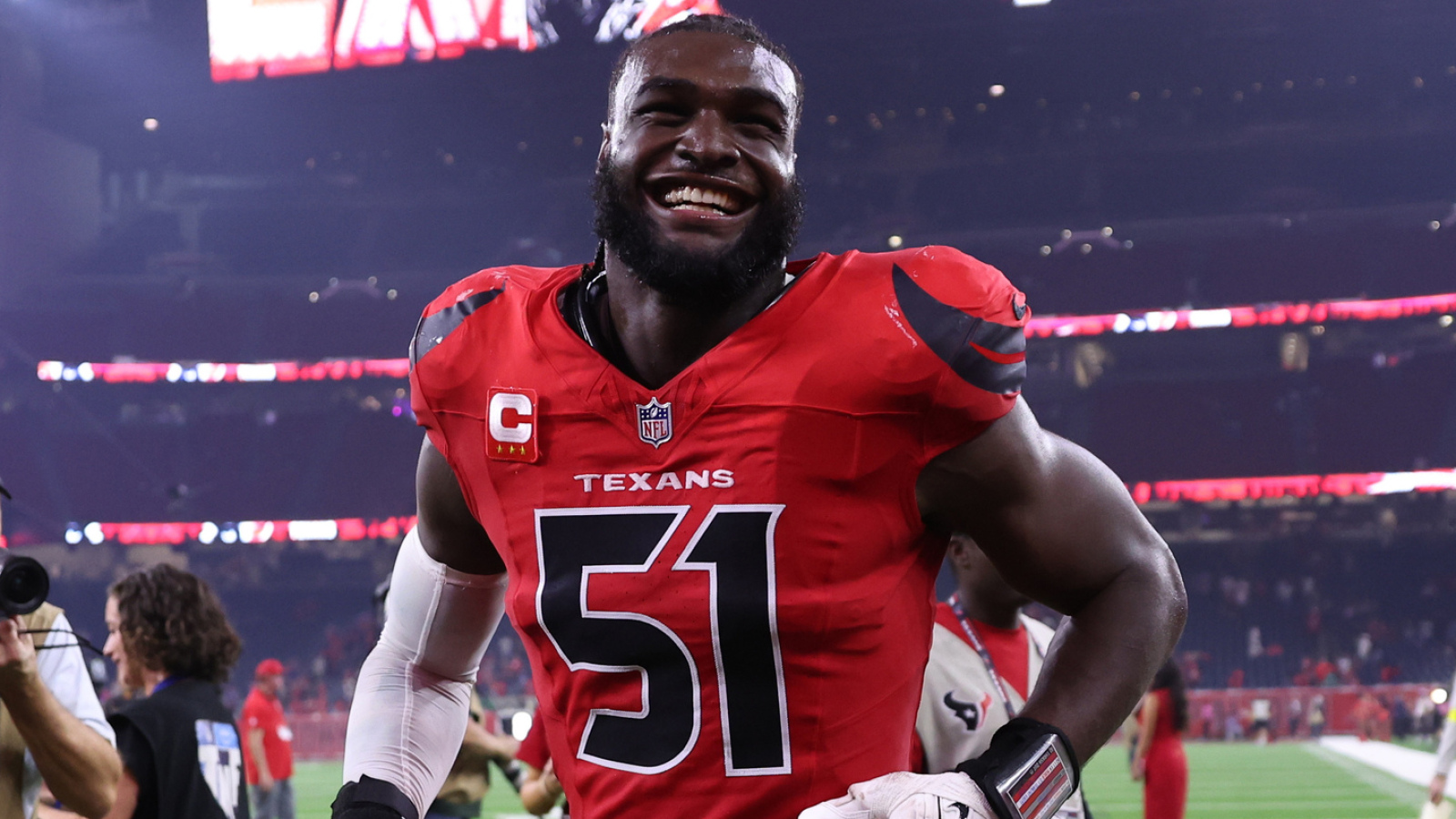The landscape of college basketball is undergoing a significant transformation as the rise of transient transfers reshapes team rosters and player experiences. Since the NCAA opened the transfer window in August 2022, athletes have been able to switch schools without facing the previously mandatory redshirt year. This change has effectively created a system resembling free agency in professional sports, where entire rosters can change dramatically each offseason.
One prominent figure navigating this new reality is PJ Haggerty, an All-America guard now representing Kansas State. Haggerty previously played for Memphis, Tulsa, and TCU, highlighting the trend of players attending multiple institutions within a few years. He reflects on his journey, stating, “I always felt like if you take care of the name on the front of your jersey, the name on the back will always be taken care of.”
The motivations behind such moves often center around basketball opportunities, including coaching styles and competitive environments. Haggerty’s transitions are not indicative of dissatisfaction; rather, they reflect strategic choices in pursuit of growth and success. For instance, moving to play in the competitive Big 12 Conference this season presents a chance for Haggerty to enhance his skills and visibility.
Yet, the transient nature of these players comes with its challenges. Each transfer involves adjusting to new teammates, coaches, and academic environments. The constant relocation can disrupt academic progress, as not all coursework transfers seamlessly between institutions. Athletic department counselors face the complex task of ensuring that student-athletes remain on track for graduation, which can feel like piecing together a puzzle.
As Baylor coach Scott Drew noted, the current system could benefit from more structured regulations. He suggests, “All of us would prefer to wave a wand and players can leave one time. The second time, they sit out.” Drew acknowledges the difficulty in achieving a degree when players frequently change schools, emphasizing the need for stability in their educational pursuits.
The phenomenon of transient transfers is prevalent across the college basketball spectrum, impacting both high-profile programs and lower-tier schools. A notable example is Iowa, where a coaching change led to the departure of eleven players, forcing new coach Ben McCollum to rebuild the roster with incoming freshmen and transfers. This trend reflects a broader pattern where coaching changes often result in significant player turnover, complicating team development.
Players such as Bennett Stirtz, who has transitioned between three schools in three years, exemplify this trend. Stirtz began his career under McCollum at Northwest Missouri State before following him to Drake and now to Iowa. Similarly, Cam Manyawu has also made multiple moves, transferring from Wyoming to Drake and then to Iowa, showcasing the fluidity of player movement in college basketball today.
While transient transfers dominate headlines, a contrasting group of players remains loyal to their original programs. Nick Martinelli, entering his fourth year at Northwestern, cherishes the stability of a consistent environment. He states, “I wanted to have a home that I can come back to,” recognizing the challenges transfers face in finding camaraderie and belonging.
Even rarer is Nate Bittle, who has spent five years with Oregon. Bittle appreciates the advantages of long-term commitment, noting that established players can help newcomers integrate and understand team dynamics. His experience offers a valuable perspective on the benefits of stability in a sport characterized by frequent changes.
Bittle reflects on his decision to stay at Oregon, saying, “I got a degree this last year from Oregon. My whole support system, family, friends, everybody, is right there for me.” His commitment highlights the importance of a supportive environment and the potential personal growth that comes from remaining in one place.
As college basketball continues to evolve, the impact of transient transfers will remain a topic of discussion among coaches, players, and administrators. The changes not only affect team dynamics but also shape the student-athlete experience in profound ways. Balancing the benefits of flexibility with the need for stability presents a complex challenge for the future of the sport, as institutions strive to support both academic and athletic success for their players.







